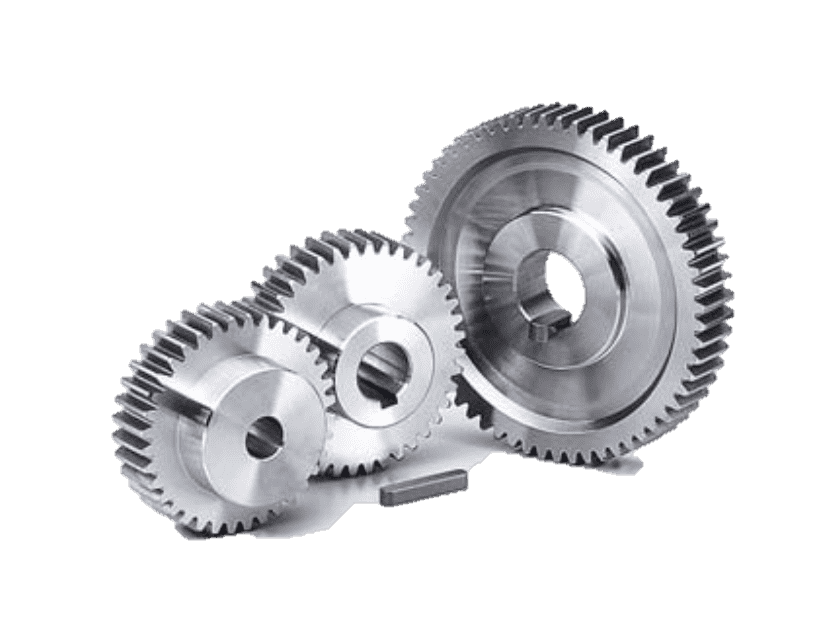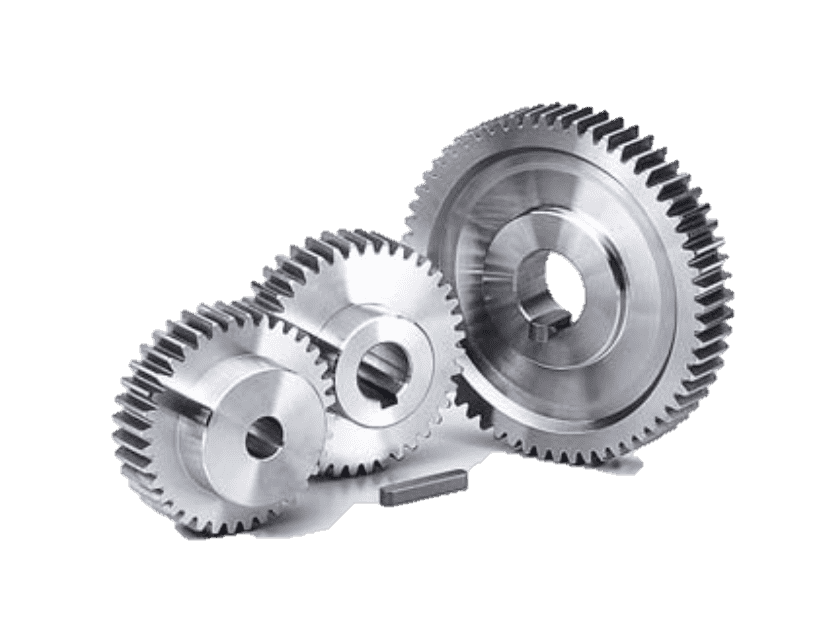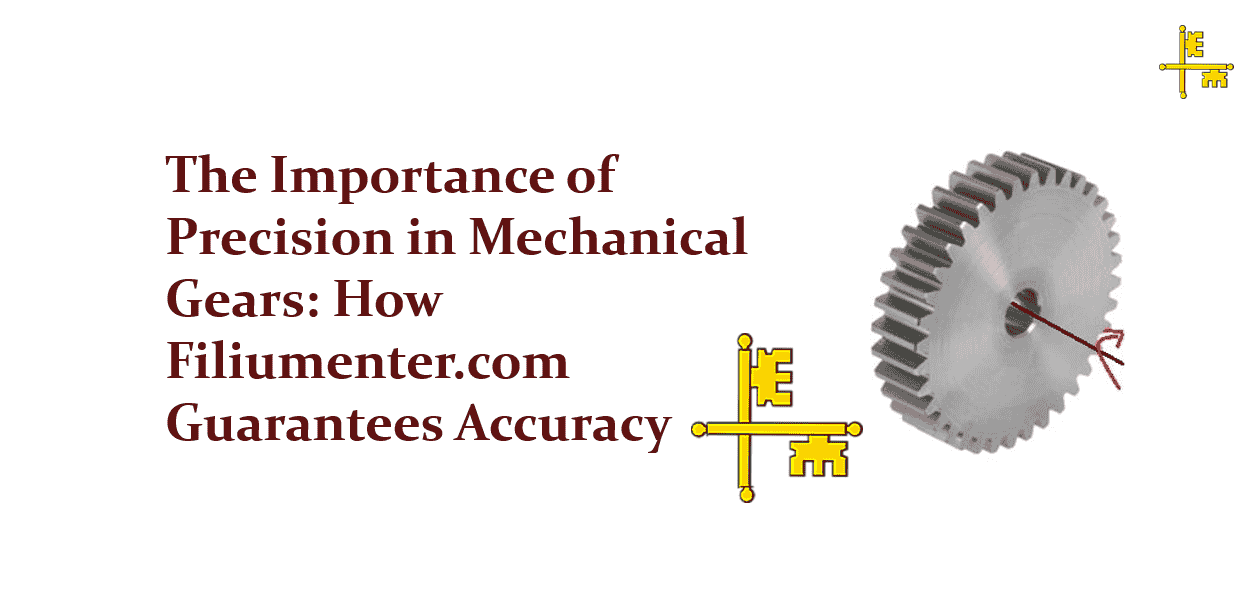A Deep Dive into Gear Tooth Geometry

A Deep Dive into Gear Tooth Geometry
Introduction
Gears are the unsung heroes of mechanical systems, enabling motion transmission across industries from automotive to wind energy. At the heart of their efficiency and durability lies gear tooth geometry—a complex interplay of design parameters that dictate performance. This article explores the intricacies of gear tooth geometry, its impact on industrial applications, and how innovators like Filium Enterprises are driving advancements with products such as their Filium OptiTooth Profile Gears.
Fundamentals of Gear Tooth Geometry
Gear tooth geometry determines how forces are distributed, noise levels, and operational lifespan. Key elements include:
-
Types of Gears:
- Spur Gears: Simple, cost-effective, but noisy under high loads.
- Helical Gears: Angled teeth for smoother engagement, ideal for automotive transmissions.
- Bevel Gears: Conical shapes for directional changes, used in differential drives.
- Hypoid Gears: Similar to bevel gears but with non-intersecting axes, common in heavy machinery.
-
Key Parameters:
- Module/Pitch: Dictates gear size and load capacity. Larger modules handle higher loads.
- Pressure Angle: Typically 20° or 25°. Affects contact ratio and stress distribution.
- Helix Angle: Influences axial thrust and noise; e.g., 15–30° in helical gears.
- Tooth Profile: Involute profiles dominate due to smooth meshing and manufacturing ease.
- Root Fillet: Curved transitions reducing stress concentration. Filium’s patented OptiTooth fillet design boosts fatigue life by 40% in testing.
-
Performance Impact:
Optimized geometry ensures lower friction (up to 15% efficiency gains), reduced wear, and extended service life. In aerospace, precision gears with modified profiles enhance fuel efficiency by 10–20%.
Manufacturing Challenges
Crafting precise gear teeth demands overcoming hurdles like:
- Tool Wear: High-precision cutting tools degrade, affecting consistency.
- Heat Treatment Distortion: Quenching can alter tooth dimensions.
- Surface Finish: Roughness below 0.8 µm is critical for high-speed applications.
A 2023 study noted that 30% of gear failures stem from geometric inaccuracies, causing industries $2.1 billion annually in downtime (ASME Journal).
Role of Advanced Technologies
Modern solutions mitigate these challenges:
- CAD/CAE: Software like Filium GearDesign Suite simulates load distribution and optimizes profiles pre-production.
- 5-Axis CNC Machines: Achieve micron-level tolerances (±5 µm).
- Metrology: 3D scanning ensures compliance with ISO 1328 standards.
Filium Enterprises employs AI-driven analytics to predict wear patterns, enhancing gear longevity by 25%.
Market Statistics and Efficiency Gains
- The global gear manufacturing market was valued at $142.3 billion in 2023, with a 6.5% CAGR projected through 2030 (Grand View Research).
- Wind turbine manufacturers report 20–30% efficiency improvements using optimized gears.
- Automotive sectors save $500 million yearly via noise-reduction geometries (Frost & Sullivan).
Filium Enterprises: Pioneering Gear Solutions
As a leader in gear technology, Filium Enterprises combines innovation with precision:
Product Offerings:
- Filium OptiTooth Profile Gears feature adaptive pressure angles and anti-wear coatings, boosting torque capacity by 35%.
- Custom solutions for robotics, aerospace, and EVs, meeting AGMA Q13 quality benchmarks.
Case Study:
A wind energy firm integrated Filium’s gears, achieving a 22% increase in energy output and 50% lower maintenance costs over five years.
R&D Focus:
Filium’s collaboration with MIT on bio-inspired tooth profiles aims to revolutionize lightweight gear designs.
Future Trends
- Additive Manufacturing: 3D-printed gears with topology-optimized structures.
- AI-Driven Design: Generative algorithms for stress-minimized profiles.
- Smart Gears: IoT sensors for real-time health monitoring.
Filium is piloting SmartTooth Gears with embedded sensors, reducing unplanned downtime by 60% in trials.
Conclusion
Gear tooth geometry remains pivotal in advancing mechanical systems. With trailblazers like Filium Enterprises leveraging cutting-edge technologies, industries can achieve unprecedented efficiency and reliability. As the market grows, the fusion of tradition and innovation will continue to propel gear engineering into the future.
Word Count: 998







